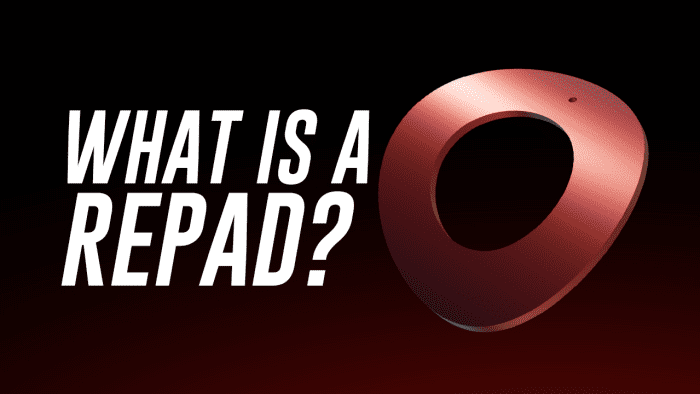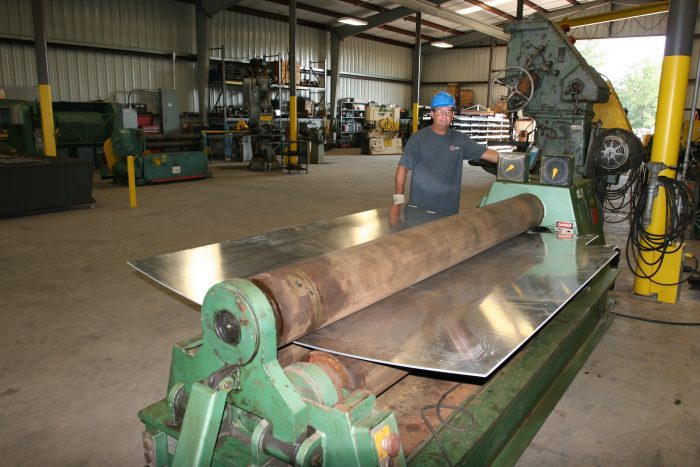First Aid Basics

Cogbill Safety Tuesday February 02, 2021
Injury can occur on any job site or office setting, be it minor or major. As such, all employees should be trained on basic first aid so as to limit the adverse effects of an injury, and even save human life. The following are some basic first aid points to keep in mind when a workplace injury occurs:
Bleeding: When a cut occurs, steps must be immediately taken to stop the bleeding. Direct pressure should be applied to the wound with a sterile pad or clean cloth, secured with a bandage if need be. The bandage cannot be too tight; you should be able to slip in a finger behind it. If bleeding continues, additional bandages should be applied without removing the first bandage, as this will prevent coagulation that in turn stops the bleeding. If profuse bleeding occurs, seek immediate medical attention.
Chemicals: If chemicals get in the eyes, wash eyes immediately for at least 15 minutes, and seek medical attention if necessary. If a chemical gets onto the skin, wash repeatedly with large amounts of water to dilute it. Remove any chemical-contaminated clothing. If any extreme reactions occur, seek medical attention immediately.
Particles: If any type of foreign particle get onto the eye, do not react the same way you would a chemical. If the particle is under the eyelid or simply floating on the surface of the eye, try removing it with the corner of a clean piece of cloth, but do not rub the eye to get it out. If the particle becomes embedded into the eye, place a sterile pad over the eye and bandage it in place, avoid any movements that can drive the particle deeper into the eye, and seek medical help.
Shock: Defined as a sudden drop in blood flow, they are caused by trauma, poisoning, injury, heatstroke, allergic reaction, severe burns, or other causes. Symptoms include weakness, confusion, cold and clammy skin, nausea, and/or vacant eyes with dilated pupils. Lay shock victim down on their back while elevating the feet, and place blankets over the person to conserve body heat. Do not give fluids for at least 30 minutes, and discontinue if the person becomes nauseated. Seek medical attention.
Heart Attack: If you believe someone is having a heart attack, sit them down, loosen any tight clothing, and remain calm. If the person takes chest pain medicine, ensure that they take it. If the pain does not go away within 3 minutes, call for emergency help. If the person becomes unconscious and unresponsive, begin CPR until medics arrive. Rushing a person suffering from a heart attack and who is still awake to a hospital yourself may cause him to be further excited during the speedy trip, thus making the situation worse. Keep them as calm as possible until help arrives.
First aid training allows you to have the best immediate response to an injury, however, you should always be checked out by a medical professional afterward, or immediately in crisis situations.




